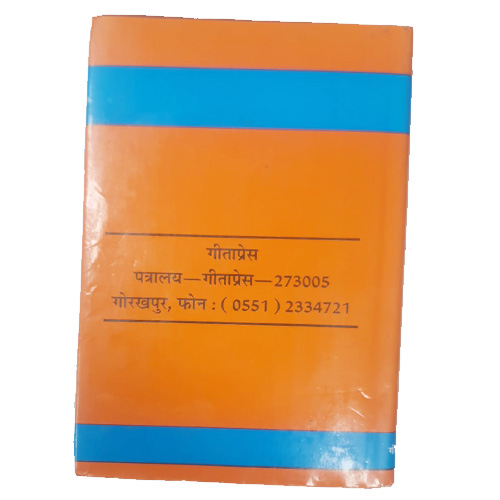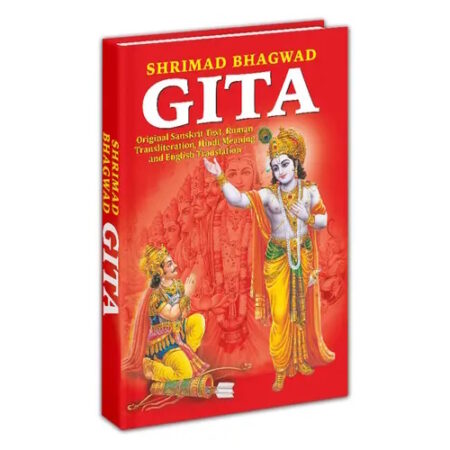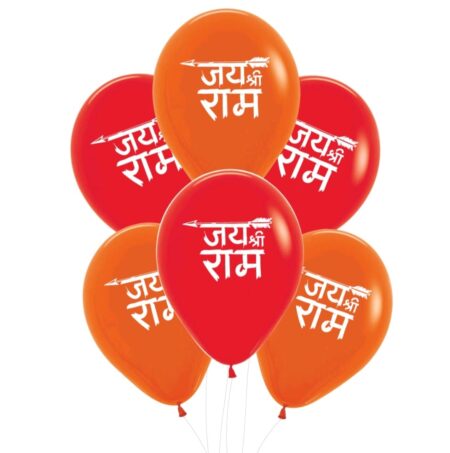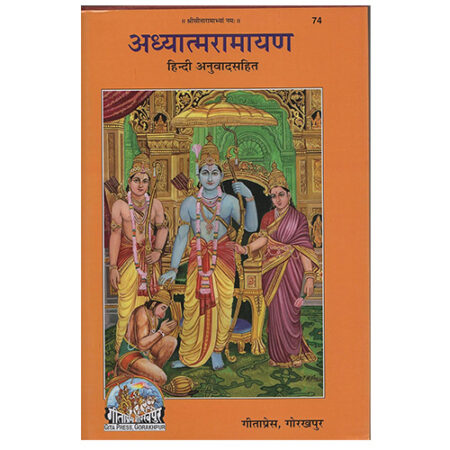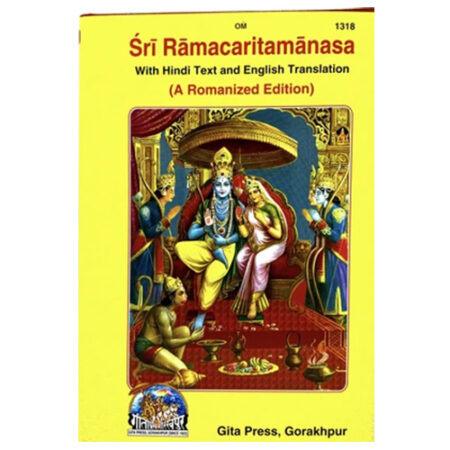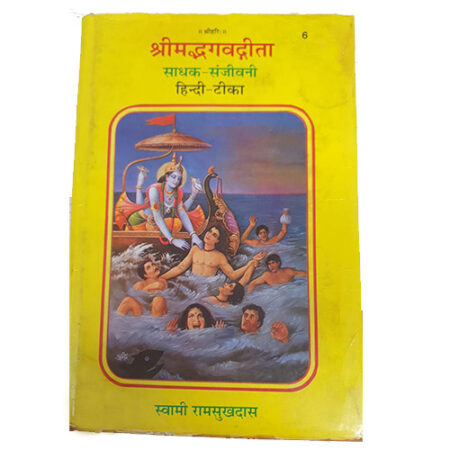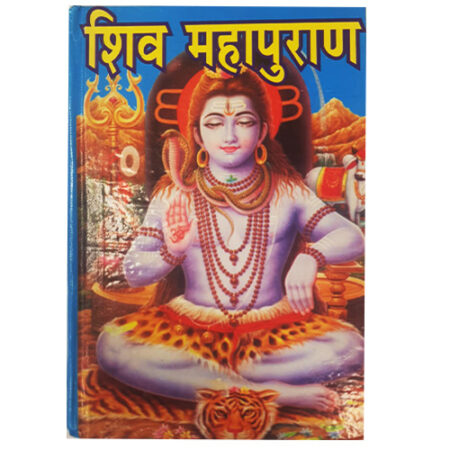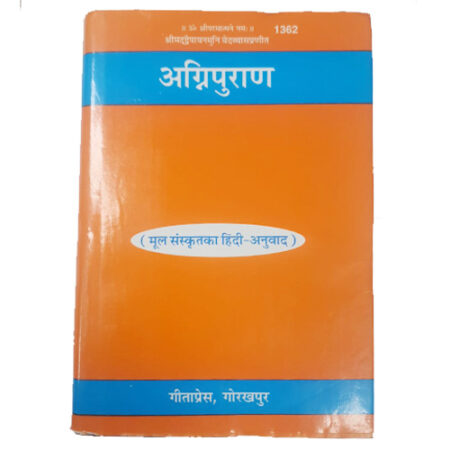Description
The term Purana translates to “ancient” or “old,” indicating that these texts are time-honoured scriptures passed down through generations. They contain narratives about notable individuals, alongside insights into the religious practices and societal norms of their eras. Among the eighteen Mahapuranas, the Agni Purana is typically listed eighth, comprising roughly 15,500 verses (shlokas).
Classified as a Tamasika Purana, the Agni Purana belongs to a category that also includes the Matsya, Kurma, Linga, Shiva, and Skanda Puranas. The fire deity, Agni, is the primary speaker of this text. He imparted its teachings to the sage Vashishtha, who then conveyed them to Vyasa, the compiler of many sacred Hindu texts.
Rather than being segmented into thematic parts, the Agni Purana consists of 383 chapters. One particularly notable chapter—number 380—presents a concise overview of Advaita Vedanta, encapsulating the philosophy of non-dual Brahman knowledge. The entire Purana offers a condensed presentation of ideas rooted in the Vedas and Upanishads.
A Purana is traditionally defined by five core elements, which it must cover to be deemed authentic. These five characteristics are:
-
Sarga – the original creation of the cosmos,
-
Pratisarga – its cyclical destruction and re-creation,
-
Vamsha – the genealogies of gods and sages,
-
Manvantara – the periods ruled by different Manus, marking distinct cosmic cycles,
-
Vamshanucharita – accounts of royal dynasties and historical lineages.
Beyond these foundational topics, Puranas often encompass teachings on religious practices, caste duties, rituals, charitable offerings, temple and idol construction, festivals, and pilgrimage sites.
The eighteen Mahapuranas are traditionally grouped into three categories of six, each associated with one member of the Hindu Trinity—Brahma (the creator), Vishnu (the sustainer), and Shiva (the destroyer). The tone and focus of each Purana typically reflect the characteristics of one of these deities.
-
Those highlighting Vishnu’s avatars are labelled Sattvika Puranas.
-
Those centred on the theme of creation align with Rajasika Puranas, often linked to Brahma.
-
Texts focusing heavily on rituals, rites, and symbolic practices are classified as Tamasika Puranas, and are generally Shiva-oriented.


